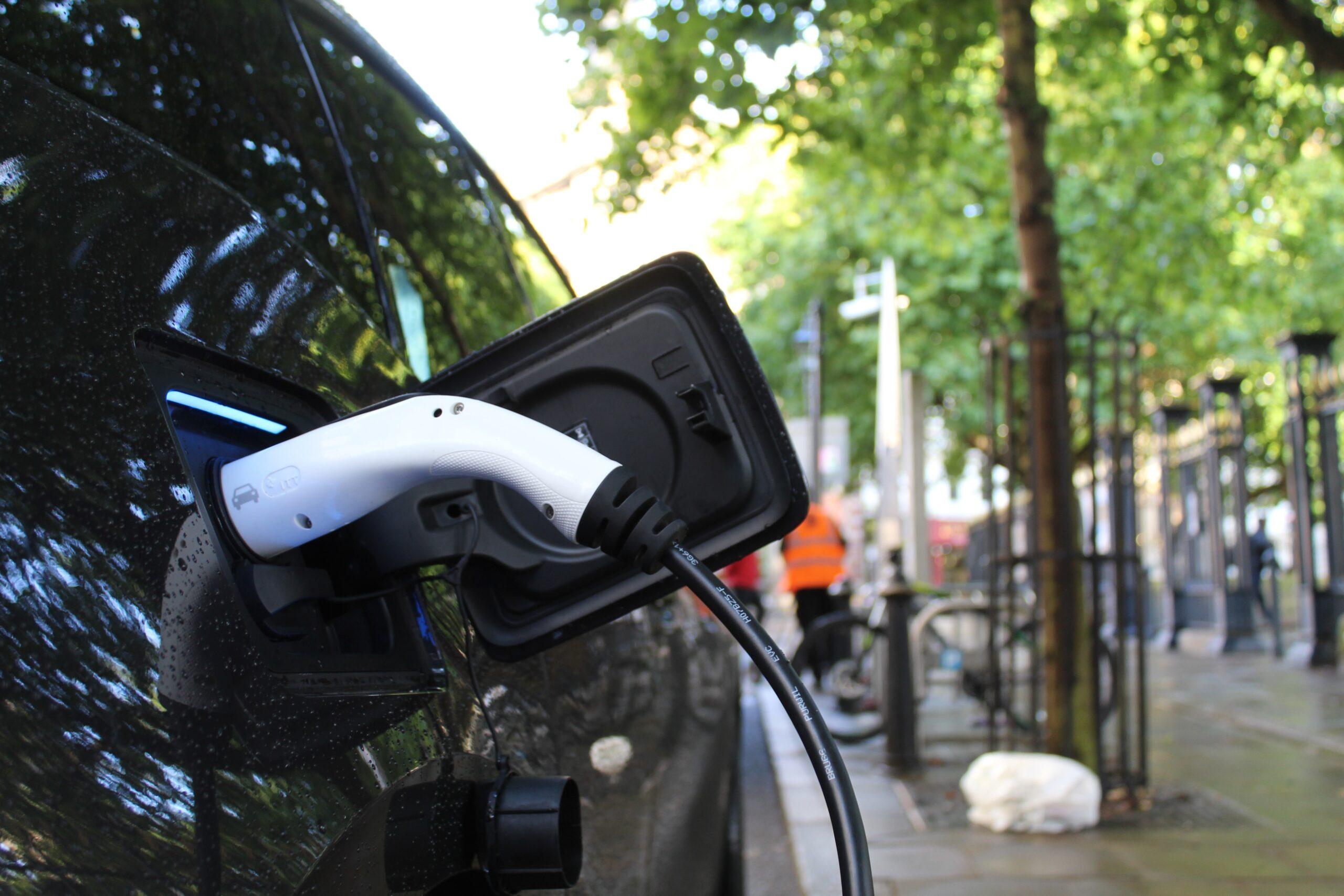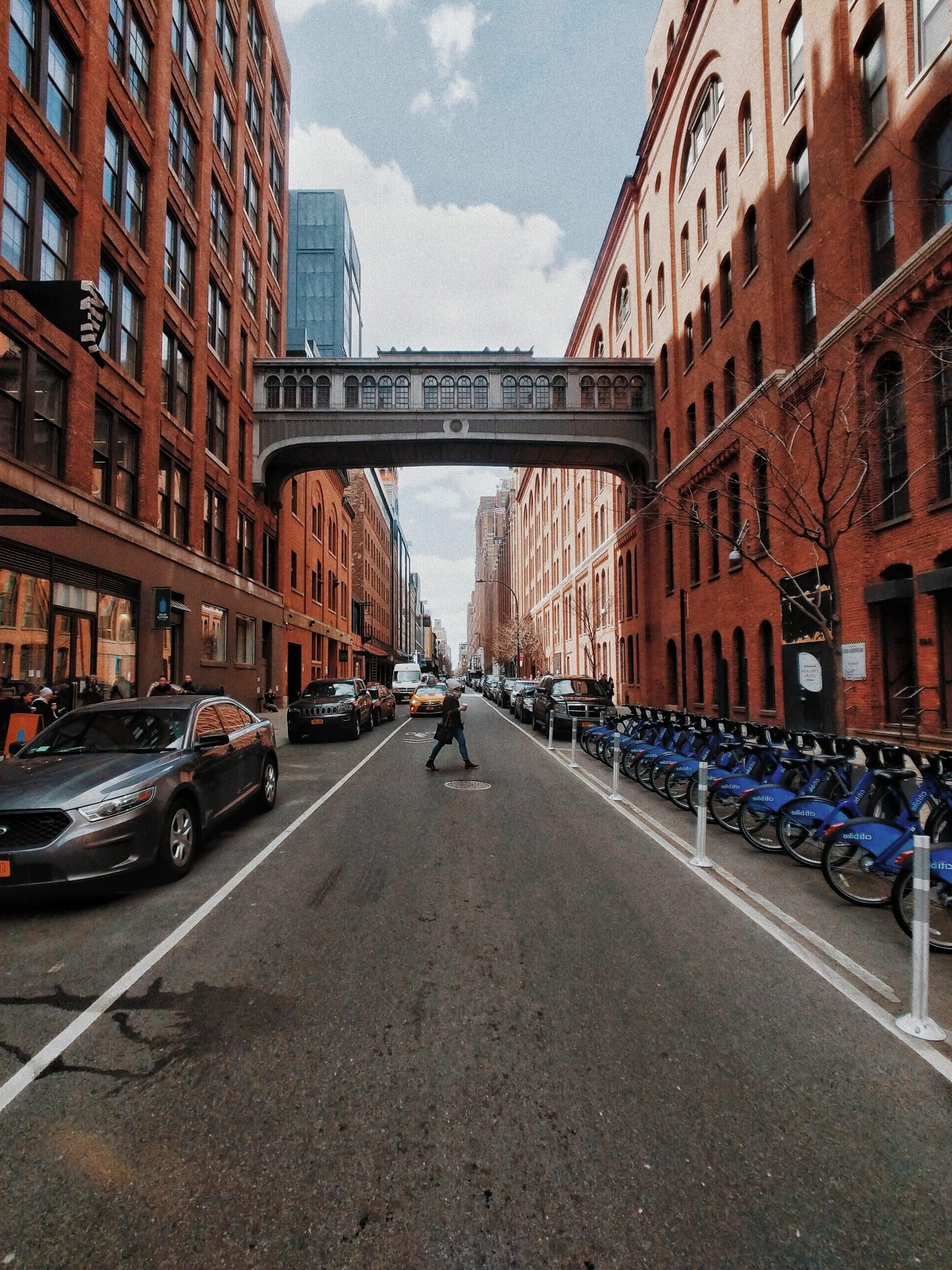EVs, food delivery, micro mobility services — these are just some of the ways ride-hail companies have started to innovate their services in recent years. But what’s the next big thing? Collaboration with public transit, and it’s not just Uber doing it. This is an opportunity for ride-hail, taxi, and PHV operators – big and small.
Mileus Blog.

EVs, food delivery, micro mobility services — these are just some of the ways ride-hail companies have started to innovate their services in recent years. But what’s the next big thing? Collaboration with public transit, and it’s not just Uber doing it. This is an opportunity for ride-hail, taxi, and PHV operators – big and small.

The list of factors driving up operational costs for ride-hail and taxis isn’t getting shorter. But, this is a chance for operators to innovate. Here are three tactics to retain customer, and maybe even grow, customer engagement.

Sustainable urban mobility – this is something on everyone’s mind: local-authorities, taxi, ride-hail and PHV operators, and consumers. Electric vehicles (EVs) are getting a lot of attention, as they can be a swift solution to emissions issues. But they are not a magic bullet solution to all our issues. Beyond improving car emissions, we also need to radically change how we use cars, and taxi, ride-hail, and PHV operators have a big role in this shift.

Since the first omnibuses took to the streets in the 1800s, public transit has evolved a fair bit. Today, local authorities are under mounting pressure to continue innovating how they deliver and support public transit to better serve citizens in a way that is also sustainable for the environment. And as they innovate, we see a new era of cross-sector collaboration.
Find out how to grow your ride-hailing business with intermodality
Inflation, Fuel Prices, New VAT Charges: How Taxi & Ride-Hail Operators Can Retain Customers amid Price Increases
The list of factors driving up operational costs for ride-hail and taxis isn’t getting shorter. But, this is a chance for operators to innovate. Here are three tactics to retain customer, and maybe even grow, customer engagement.
Going Green Beyond Electric Cars: A Case for Taxis, Ride-Hail & PHV Operators
Sustainable urban mobility – this is something on everyone’s mind: local-authorities, taxi, ride-hail and PHV operators, and consumers. Electric vehicles (EVs) are getting a lot of attention, as they can be a swift solution to emissions issues. But they are not a magic bullet solution to all our issues. Beyond improving car emissions, we also need to radically change how we use cars, and taxi, ride-hail, and PHV operators have a big role in this shift.
Pushing the Future of Public Transit: 5 New Forms of Mobility Local Authorities Are Embracing
Since the first omnibuses took to the streets in the 1800s, public transit has evolved a fair bit. Today, local authorities are under mounting pressure to continue innovating how they deliver and support public transit to better serve citizens in a way that is also sustainable for the environment. And as they innovate, we see a new era of cross-sector collaboration.
Women Leading Local Taxi & PHV Companies in the UK – And Why We Need More of Them
Despite making up more ridership than men, women are underrepresented in taxi and PVH operations. In light on International Women’s Day, we hear from two women leading local taxi and PHV companies in the UK about how they got to where they are today and what they want to see more of in the future.
10 European Cities Implementing Traffic Restrictions & Congestion Charges
Cities across the map are picking up momentum in regulating cars in their inner-city areas to kerb congestion and make cities more liveable for citizens. Is this new urban mobility era a threat or opportunity to ride-hail operators? We think it’s an opportunity.
Laying the Tracks for Shared & Electric Mobility Services in Suburbs
Urban centres are the usual hotbed for innovation, and this is no exception for new forms of shared and electric mobility. But how do we get this innovation to suburbs where it is needed most to kerb commuting and congestion issues?
Mileus Launches Operations in Bratislava with Hopin — the Largest Slovak Ride-Hail Operator
With Mileus’s new launch in Bratislava, residents can now enjoy the best of public transit and ride-hailing when they order a ride with Hopin — the largest Slovak ride-hail operator.
Grouport Invests in Mileus to Help Improve How We Move In Cities
Grouport invests €100,000 in Mileus, with confidence that Mileus has enormous business potential and will massively reduce environmental impacts caused by traffic in our cities. The investment round remains open with a planned syndicate from angel investors to put forward another €300,000.
4 Taxi, Ride-Hailing & Private Hire Trends for Operators to Embrace in 2022
As 2021 wraps up, we hear from four taxi, ride-hailing & private hire experts to share their insights on trends to guide operators to succeed in 2022 & beyond.
Uber Acquired Autocab: New Mobility Marketplace, New Regulation?
The largest ride-hailing company in the world acquires the largest taxi booking and dispatching technology platform in the UK. This takeover doesn’t only impact Uber and Autocab, but taxi & ride-hail industry as at large.
3 Ways to Tackle the Taxi Driver Shortage with Intermodality
As we enter Q4, the ride-hail and taxi driver shortage only becomes more strained among the seasonal high demands. Despite high demands, drivers are not going back. How can operators resolve driver unavailability, price surges, and long waiting times? We have a solution.
Autonomous Vehicles Shaking up the Ride-Hail Industry: Who Will Be the Next Uber?
Autonomous vehicles will level market entry with easier and cheaper fleet management, inviting non-traditional ride-hail operators to the compete in the market. So who could be the next Uber?
Rethinking Fare-Free Public Transport: Is It Really the Best Key to Reduce Cars in Our Cities?
Cities across the world are implementing fare-free public transportation to address mounting congestion and CO2 emission challenges. But will it be the champion urban mobility solution? This I am not sure about.
Top 10 Platforms to Get Your Urban Mobility News, Trends & Insights
From magazines, to podcasts and wider platforms, here are our top places to get urban mobility news, trends, and insights.
Transportation That Meets Sustainable Development Goals? Meet Intermodality.
When it comes to sustainability, transportation is often seen more as an issue. At Mileus, we believe it doesn’t have to drive us away from Sustainable Development Goals. Actually, quite the opposite.
5 Principles to Ensure Sustainability and Integration of Intermodal Mobility Solutions
There’s plenty of challenges to be addressed to make intermodal mobility solutions a truly viable option within urban mobility. How can we make intermodality really sustainable and equitable? How can we integrate it with an existing public transport infrastructure? How can we ensure it’s easily adopted by users? I’ve put together five principles to navigate these challenges.
Urban Mobility Post-Pandemic: The Opportunity for Taxi & Ride-Hailing Industry
Looking at the urban mobility industry in 2021 and beyond, I am expecting a new normal will emerge where we combine working from home and working from the office into a new weekly rhythm. This will significantly decrease the commute needs of mainly the knowledge workers representing 26% of the workforce and create a unique opportunity for ride-hailing and the taxi industry.
Mileus Wins the Czech & Slovak Final of the Tech Rocketship Awards
The Tech Rocketship Awards are designed to turbocharge the international growth of Europe’s most innovative startups via the UK. We are honoured to receive this recognition.
Can Ride-Hailers Increase Ride Frequency without Cutting the Profits? Here’s How
Learn how intermodality might help ride-hailing operators to grow their revenues and enable passengers to get comfortable, guaranteed and affordable commute at the same time.
Ride Sharing Won’t Solve Congestion Problems in Cities. We Need to Jump to a New Level of Urban Mobility.
How to leverage digital technology to interconnect public transport with taxi & ride-hail services to optimize the entire system and effectively reduce the number of cars in cities and congestion? That’s what Mileus was founded for.
An Effective Combination of Public Transport and Ride-Hailing Services for Better Transport in Cities
Juraj Atlas has raised a pre-seed round of 400,000€ for his new startup Mileus that aims to improve the overall traffic situation in large European cities. The platform will make travelling easier by interconnecting public transport with ride-hailing services.
Juraj Atlas: From a Corporate Manager to an Entrepreneur
Juraj Atlas, Mileus CEO, about his journey leading from global corporations to a start-up that helps ride-hailers grow and makes our cities more livable at the same time.
Juraj Atlas: When Autonomous Vehicles Arrive, the Cost of a Taxi Ride Will Be 10–17 Eurocents per Kilometer
“Mileus solution is more comfortable than public transport alone and cheaper than a taxi alone,” says Juraj Atlas. Mileus automatically interconnects ride-hailing services with transit system lines, improving the comfort and convenience of public transport while motivating people to leave their cars at home.
First Mile, Backbone, and Last Mile Transport – Building a Sustainable Intermodal System
Intermodality seems to be at the core of all the solutions that might bring an alternative to a private car for our basic daily transportation needs. But how to build an intermodal system that really might stand for its viable alternative?
Where to Start If We Are to Motivate Residents to Leave Their Cars at Home?
The aim of cities all around the world is clear: to limit the number of cars on streets. But how to motivate residents to leave their cars at home? And as there’s no quick, one-size-fits-all solution, how to find the right point of focus?
Forbes about Mileus: What Will the Result of Interconnecting Taxis and Buses Be? Liftago Co-Founder Launches a New Project
Interconnecting the two modes of transportation means decreasing the number of cars in city centers, increasing the comfort of public transport for suburban residents, and also having a positive impact on the environment.
Generating Demand for Ride-Hailing: You Cannot Make People Travel. Or Can You?
Are ride-hailing operators hitting a marketing conundrum? The desire to win new customers and increase revenue per customer is hitting the ceiling in our cities. It is therefore necessary to look for new opportunities to work better with the customer and attract their attention.
The Urban Transport Dilemma: How to Keep Passengers in Transit While Enabling Ride-Hail Growth?
Ride-hail growth is possible, even in contemporary cities that strive for fewer cars in the streets. The solution is in the combination of taxi and public transport.
How Mileus Got Its Name – And Why Mileus?
Could have been RIDETO, could have been mileeto, but finally, it is Mileus! How and why we got our name? Dive deeper into our (hi)story of making cities more liveable.
Why Ride-Hailing Doesn’t Really Help Decrease Congestion in Cities
Initially, we all believed that ride-hailing would help decrease car overload and congestion, but we’ve seen the exact opposite happened. However, there is a comfortable alternative to ride-hailing: intermodality.
Commuting Home. Comfortably.
Cities face the challenge of how to enhance mobility, ensure accessibility, and create high quality and efficient transport systems while reducing congestion, pollution and accidents. At Mileus, we believe that the future of urban transportation lies in intermodality.
Projects Mileus Launch and Mileus Mobile SDK are supported by Prazsky voucher grant.
Mileus CZ s.r.o., Rybná 716/24, Staré Město, 110 00 Praha
Mileus CZ s.r.o., Rybná 716/24, Staré Město, 110 00 Praha
Projects Mileus Launch and Mileus Mobile SDK are supported by Prazsky voucher grant.
–
Mileus CZ s.r.o.,
Rybná 716/24,
Staré Město, 110 00 Praha



































